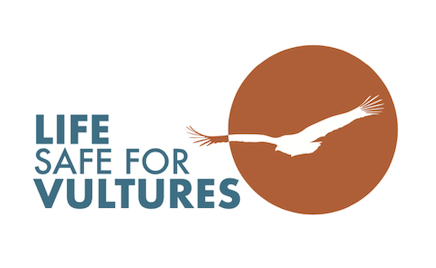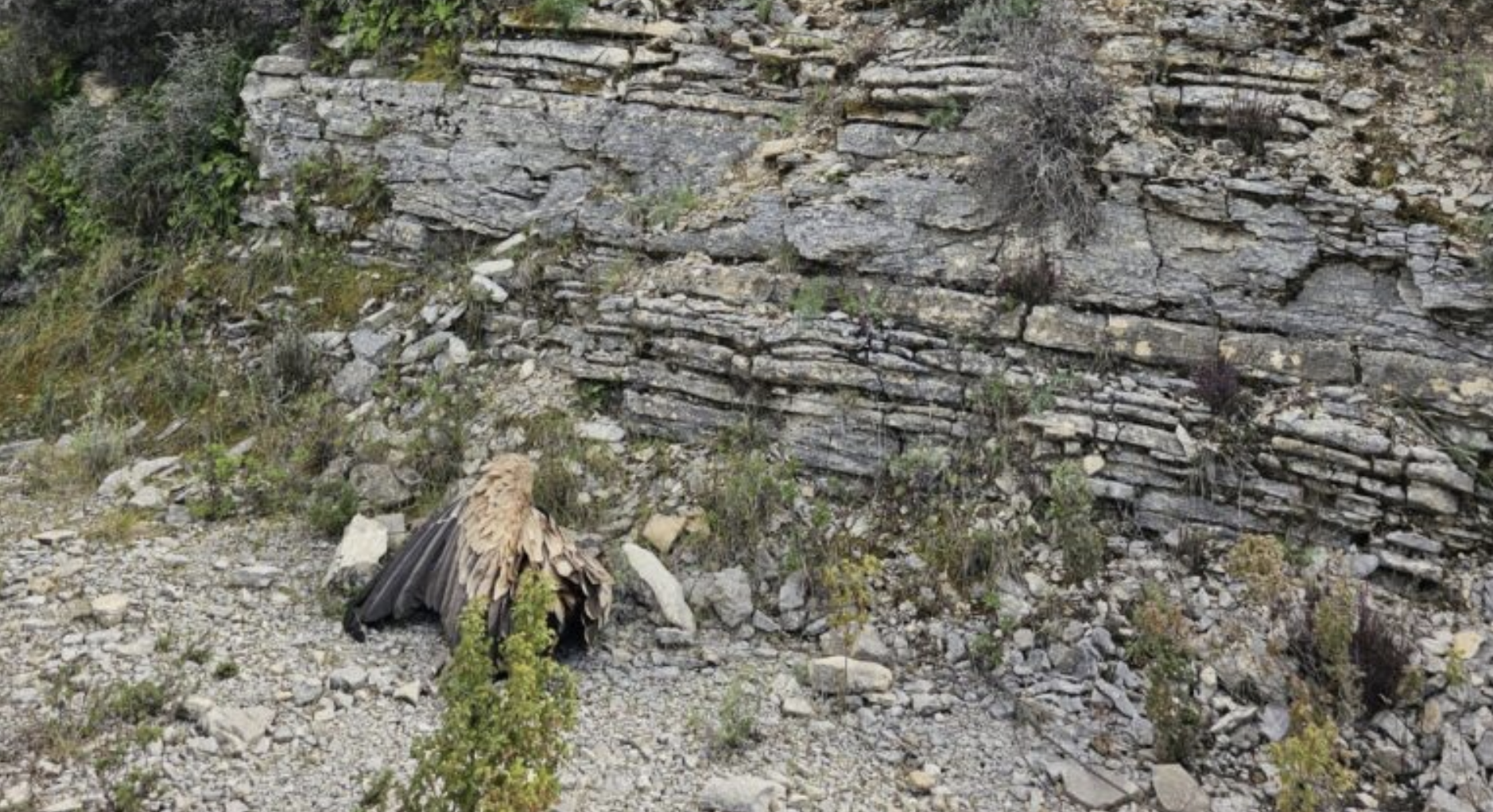The Life Safe for Vultures project in Sardinia begins a new chapter with the arrival of 22 Griffon Vultures from France and Spain. On 9 May the individuals were moved into the acclimatisation aviary after completing their quarantine period and undergoing a full health check. In a few months, they will join the Griffon Vultures released at the beginning of April, contributing to the return of their species in Southern Sardinia.

Another step along the way
Following the release of 21 Griffon Vultures from the acclimatization aviary in Villasalto on 9 April, another group of 22 vultures have arrived to continue this ambitious repopulation effort within the Life Safe for Vultures project. The Forestas Agency, a key partner in the project, is closely monitoring the movements and habits of individuals in the wild using cameras installed near their old aviary and the feeding station in Cea Romana.
The same aviary now houses a new group of Griffon Vultures as they acclimate to Sardinian climate conditions. The acclimatisation period is crucial for their well-being, ensuring they adapt to their new environment under controlled circumstances before being released into the wild. The facility’s recent addition of a trail and an observation post allows researchers and nature enthusiasts to enjoy the view of these majestic birds and gather information about their habits from a safe distance.

The protagonists of this chapter
Among the 22 vultures, two hatched in captivity – one in France at the Domaine Zoologique de Pescheray, a zoological park in Le Breil-sur-Mérize, in the Sarthe department, and the other in Spain, donated to the project by the Mediterranean Wildlife Foundation in Mallorca. The remaining 20 individuals are all wild animals rescued in Spain after various accidents due to their inexperience or disorientation. They were rehabilitated at the Amus Center in Villafranca de los Barros, in the province of Badajoz, Extremadura, and donated to the project by the Junta de Extremadura the regional government. The Spanish group consists of 7 male and 14 female vultures, all born in 2023.
The Griffon Vultures embarked on a journey of around 2,000Km over 48 hours before arriving in Sardinia. Upon arrival, the veterinary team of Forestas, coordinated by Marco Muzzeddu and Lucio Mandas, conducted a thorough health check and ensured the birds had enough time to fully recover from the journey. The vultures spent their quarantine period under the care of the staff of Wildlife Recovery Center in Bonassai, Sassari, before being transported to the acclimatisation aviary on 9 May.
Like those that have been experiencing freedom around the island for a month, the recently arrived Griffon Vultures will take part in the repopulation plan to promote the return of Griffon Vultures to South Sardinia, in an area where they historically played a crucial ecosystem role, in particular for extensive livestock farming, before the population declined in the 1960s.
It takes a village: cooperation for conservation
Ensuring the comeback of Griffon Vultures in south Sardinia is an international effort. The Life Safe for Vultures project, involving partners from across Europe, aims to extend the results obtained by the concluded LIFE Under Griffon Wings project, to the central and southern areas of the island. To ensure the new population’s health and safety and allow them to establish a colony, the project aims also to tackle the reasons behind its past decline. Griffon Vultures, like other species of vultures, are threatened by the loss of food sources and suitable breeding habitats, unintentional poisoning, and collision with electrical infrastructures. The project includes actions such as creating new anti-poisoning dog units, organising informative events, and collaborating with energy companies to ensure the safety of electrical infrastructures. While international cooperation brings new individuals to Sardinia, the Life Safe for Vultures project joins forces with local authorities to mitigate the threats.
The comeback of Griffon Vultures in Sardinia is a testament to international and local cooperation. As they begin to explore their new home, the Life Safe for Vultures project celebrates another step towards the conservation of this majestic species so important for the delicate Sardinian ecosystems.
The LIFE Safe for Vultures project

LIFE Safe for Vultures is co-financed by the EU’s LIFE Programme to restore the vulture guild in Sardinia. The University of Sassari leads the project in collaboration with Agenzia Regionale Forestas, Sardegna Corpo Forestale, E-Distribuzione and the Vulture Conservation Foundation. LIFE Safe for Vultures builds on the work of the successful LIFE Under Griffon Wings, with the ultimate objective for Griffon Vultures to regain their historic ranges and distribution areas from the central-eastern part of Sardinia to the south and promote the long-term survival of the species on the island. An additional feeding station will be established south of the island, and 40 additional Griffon Vultures will be translocated and released.




